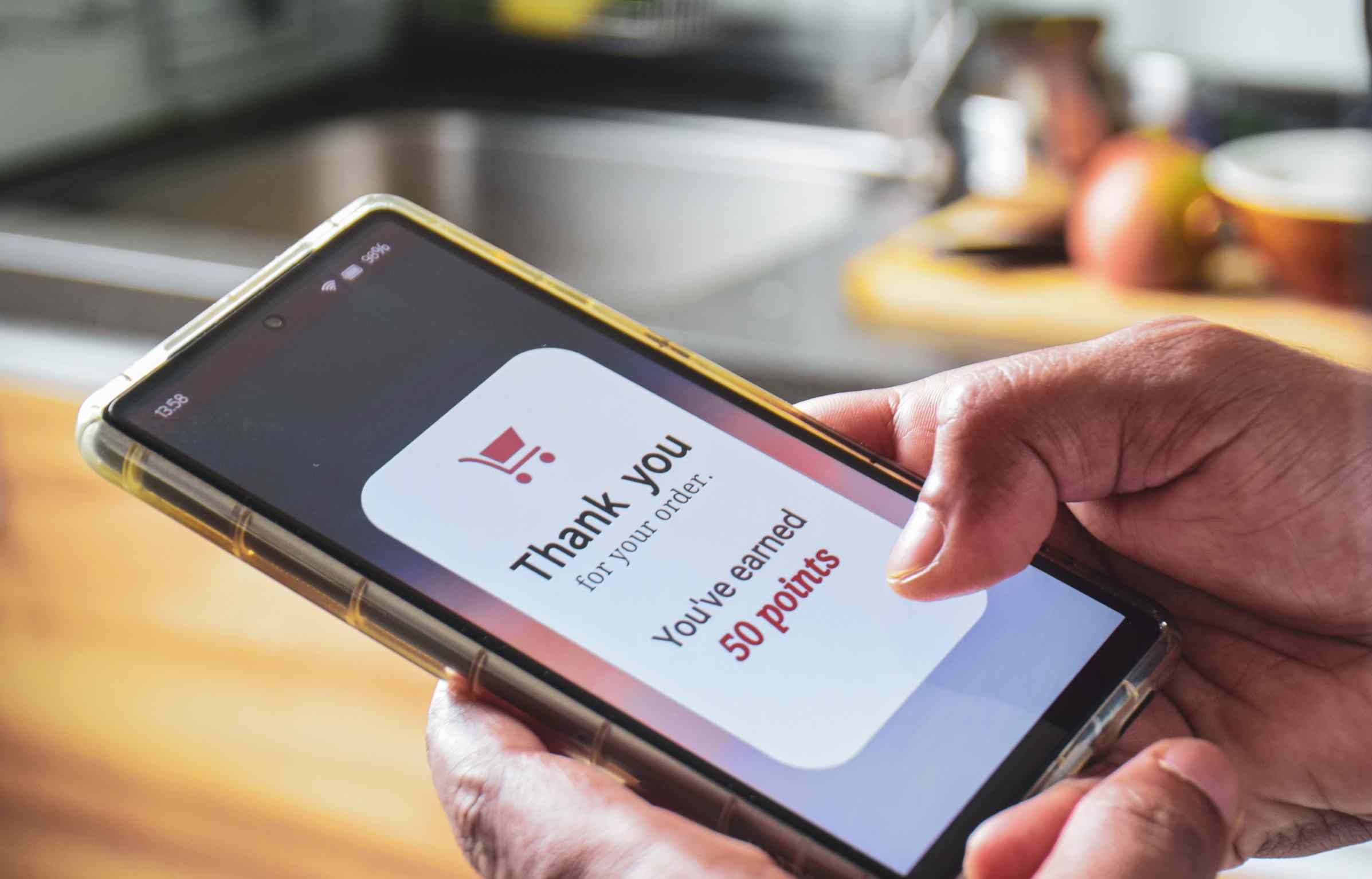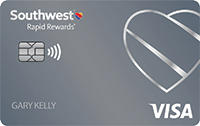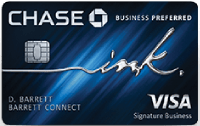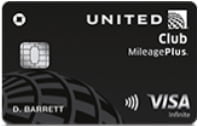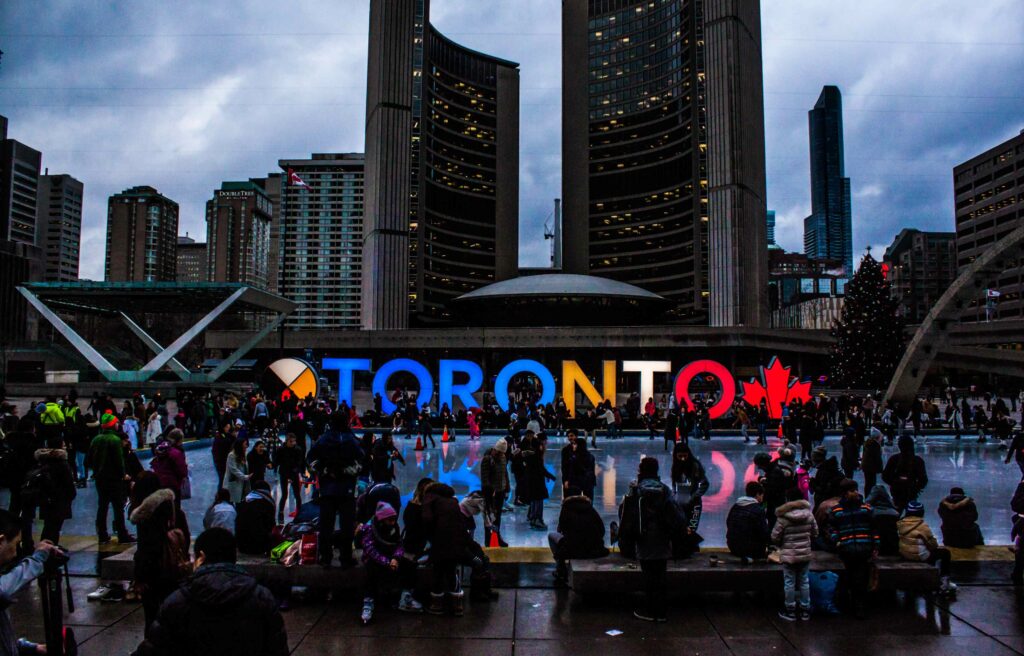Every day, billions of invisible transactions move quietly through the global economy. They’re not measured in dollars or euros, but in points. Every coffee, every flight, every online checkout adds another invisible coin to an economy worth over a trillion dollars in stored value. Yet most people barely notice. Reward points are the world’s most underrated currency, a currency built not by central banks, but by brand loyalty, data, and human psychology.
They shape how people travel, shop, and even dream, turning simple habits into stored power.
Behind every swipe lies a silent exchange that connects behavior to value in ways money never could.
The Beginning of Reward Points – A Simple Idea That Became a Global Economy
The story of reward points began long before airlines and apps. In the 1700s, American merchants gave copper tokens to loyal customers to use later. By the 1800s, stamps replaced them as a simpler reward. The S&H Green Stamps program, introduced in 1891, became a household name across the United States.
In the 1920s, Betty Crocker’s Box Tops let families exchange brand loyalty for real goods, creating an early bond between emotion and spending. The story took flight in 1979 when Texas International Airlines began rewarding passengers for their miles. By 1981, American Airlines expanded the idea with AAdvantage, reshaping loyalty into a global habit.
Each flight gave passengers miles they could later trade for another ticket. It began as a simple incentive but soon reshaped consumer behavior. Travelers stopped chasing the cheapest fare and began chasing the next free trip. Within a decade, airlines, banks, and retailers had all joined in.
By the late 1990s, loyalty credit card points had crossed industries, turning everyday spending at gas stations and hotels into a single rewards network. Points were no longer just numbers. They became emotional currency, proof that spending could return something more.
Reward programs now touch almost every purchase, from a grocery swipe in Chicago to a Starbucks in Manhattan.
Related – The Best Credit Card Points for Everyday Purchases That Supercharge Your Wallet
How Reward Points Turned into Real Money
Behind every point lies a line on a corporate balance sheet. When you earn points, the company records a liability because someday, you might redeem them. However, most people never do. This unclaimed value, known as breakage, quietly turns into pure profit.
Over time, airlines discovered something extraordinary. Loyalty programs were often more profitable than flying planes.
By 2023, major U.S. carriers generated between 30% and 45% of their profits through reward divisions.
When airlines faced financial trouble, they did not mortgage their jets; instead, they mortgaged their loyalty databases.
As a result, those databases, filled with millions of consumer profiles and unredeemed points, became powerful financial assets worth billions.
Reward points were no longer about free coffee. They had become a new kind of currency, one backed by human behavior and trust.

The Psychology – Why Points Feel Better Than Cash
Why do people feel thrilled about earning points instead of saving cash? Because points separate pleasure from cost, and that separation makes them powerful.
Psychologists refer to this as the near-money effect. Points create a sense of gain without the emotional pain of spending. They exist in a subtle space between effort and reward, offering small wins that feel emotional rather than financial.
Each “You’ve earned 500 points” notification creates a spark of pleasure. The redemption moment feels like victory, though the structure ensures ongoing engagement.
In the end, marketers did not just design loyalty programs. They built behavioral engines that transform emotion into engagement and spending into satisfaction.
Also read – How to Use Credit Card Points on Rent and Flip Your Monthly Bill into Freebies
Corporate Alchemy – Turning Loyalty Into Strategy
At its core, corporate loyalty programs convert emotion into measurable value. It is a strategic framework that turns engagement into data and data into profit. For corporations, they are infrastructure.
They transform abstract ideas like “engagement” and “retention” into measurable economics. This transformation helps businesses build long-term relationships that go beyond transactions.
It turns everyday behavior into insight, loyalty, and growth –
1. Employee Motivation
Inside companies, the same logic applies. Moreover, points-based systems now power HR recognition programs, rewarding collaboration, innovation, or milestone achievements. It’s gamified gratitude. As a result, the emotional mechanics of loyalty marketing now motivate workforces.
2. Partner Ecosystems
Banks and travel companies now run connected loyalty systems that cross industries. For example, pay for your stay with an airline card, and your balance of miles grows. Similarly, buy groceries, collect fuel rewards. Each transaction, therefore, ties consumers tighter to an integrated value web.
The result is clear. Consequently, switching costs skyrocket, and loyalty becomes a habit.
3. Sustainability and the New Loyalty
A new generation of programs rewards impact. Firms are rewarding people for doing good, not just buying more. Points are now given for reducing emissions, joining community projects, or picking sustainable goods. Loyalty is becoming an extension of conscience.
The Individual Advantage – Treating Points Like a Portfolio
People now realize that points carry real financial weight. A traveler can upgrade flights through strategy, and a shopper can pay for holidays with points. The key is understanding how value changes with every redemption.
In many cases, one thousand points may equal ten dollars in travel but only five dollars in merchandise. Consequently, understanding value becomes the real advantage. Wise travelers treat points like currency, optimizing every redemption for maximum return. In fact, several apps now exist solely to help users manage this hidden currency efficiently.
Most importantly, the first rule of the loyalty economy remains simple. Points decay faster than trust. They can expire, lose value, or change terms overnight. Consequently, it is wiser to use them than to hoard them.
Case in Point – Starbucks and the Power of Everyday Currency
Starbucks has turned a cup of coffee into a quiet financial system. It proves that small daily purchases can create real value for both customers and the company.
Starbucks Rewards turns spending into Stars. Members earn one Star per dollar spent when paying normally and two Stars per dollar when using a Starbucks Card or app. Those Stars convert into free items. For instance, fifty Stars get a hot coffee, one hundred fifty a handcrafted drink, two hundred a meal, and four hundred premium items valued up to twenty dollars.
This model creates a strong financial loop. Customers preload funds into their accounts, generating billions of dollars in stored balances worldwide. That balance functions as an interest-free loan to Starbucks, giving the company liquidity while keeping customers tied to the brand.
Each “You’ve earned 25 Stars” notification delivers a small dopamine hit. Progress bars and tiers turn purchases into a game. As a result, customers return not only for caffeine but also for the satisfaction of progress. Additional perks make the system even more effective.
The program combines comfort and convenience, offering birthday gifts, refills, and seamless mobile orders. At its foundation, Starbucks fuses technology, psychology, and value.
Each cup sold adds to a currency built on anticipation, one that keeps both coffee and capital flowing.
“Every sip feels like a small reward,” said Emma, smiling at her cup. “It’s not just coffee anymore, it’s a habit that pays back.”

The Future – Tokenized Loyalty and the Coming Exchange
The next era of reward points will not remain confined to individual brands. Instead, blockchain technology is opening the door to interconnected loyalty systems where points can move freely between networks and hold real market value.
Before long, you could use your air miles to fill your grocery cart or fund renewable energy projects. This next stage will merge loyalty with purpose, forming transparent global networks of value.
At the same time, as artificial intelligence continues to personalize every experience, loyalty will shift from reaction to prediction. It will anticipate your choices, reward preferences, and recognize intent before purchase.
In this new landscape, points will carry meaning beyond loyalty. They will reflect identity, mapping not only how we spend but also what we care about.
Recommended read – TAP Miles&Go Program: A Real Loyalty Asset for Strategic Travelers
The Real Currency of Reward Points Trust
Reward points continue to endure because they are built on something no blockchain or bank can replicate, and that is trust. When a customer earns a point, they believe in the brand’s promise that value will return. In essence, that belief underpins every loyalty economy.
Moreover, companies that protect this trust create lifelong customers. In contrast, those who fail to honor it lose not only points but also people.
As the world keeps inventing new forms of currency, such as crypto, credits, and tokens, the most powerful one remains invisible and timeless. It is the promise that exists between a brand and the person who believes in it.
Ultimately, points represent the psychology of loyalty transformed into real value. In a world filled with constant transactions, they remind us that the most meaningful exchange is still built on emotion.
To Sum Up
Reward points have grown from small marketing perks into a quiet global economy. They shape how people spend, travel, and save, often without realizing their real value. Each purchase adds to an invisible network connecting loyalty, data, and behavior. Their power lies in how unnoticed they remain. What began as a customer reward now represents a hidden form of modern wealth.
It shows that actual currency is not paper or coin, but trust and participation.
Redeem Your Reward Points for a Smarter Relocation
Relo.AI helps you use rewards to build better financial outcomes.
If a global move is on your mind, we help you convert your points into meaningful savings on flights, accommodation, and relocation expenses.
Set up a FREE session with us and find out how to use your reward points for your next move abroad.


